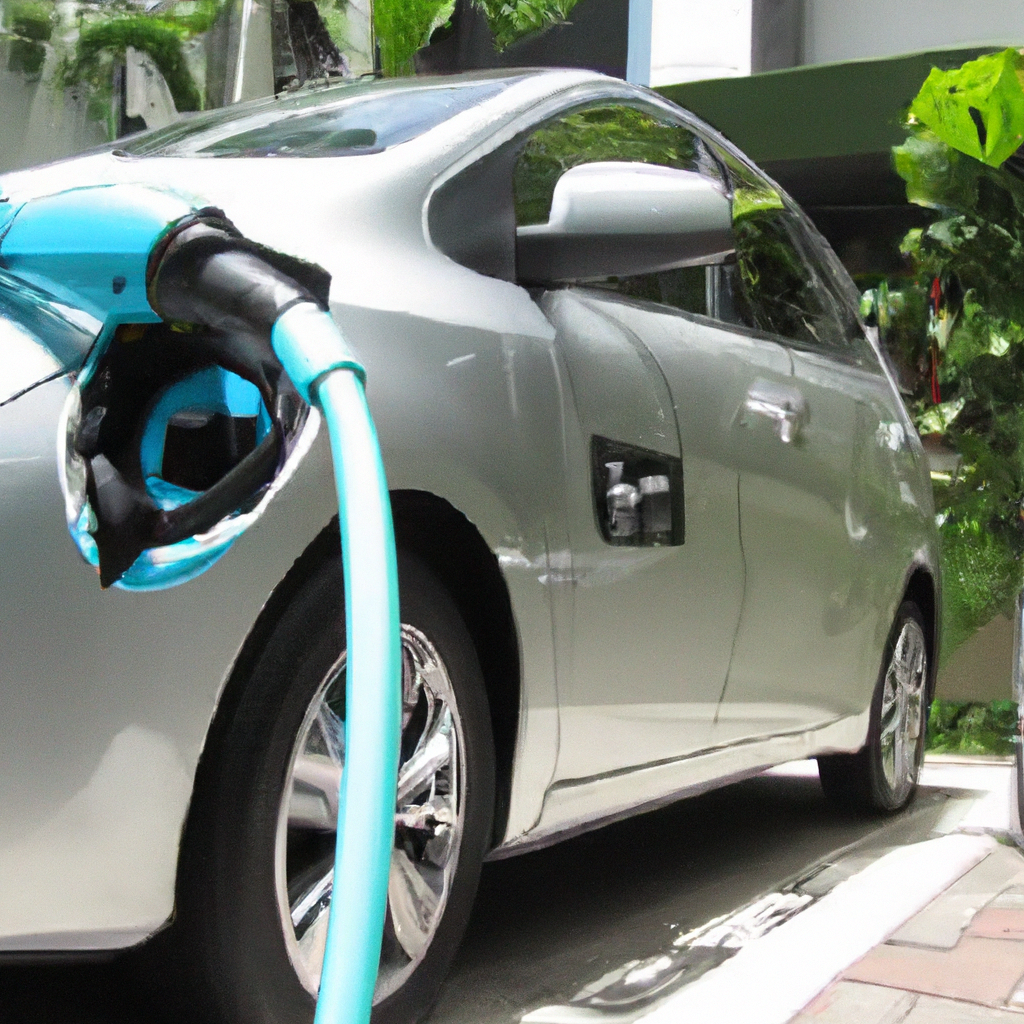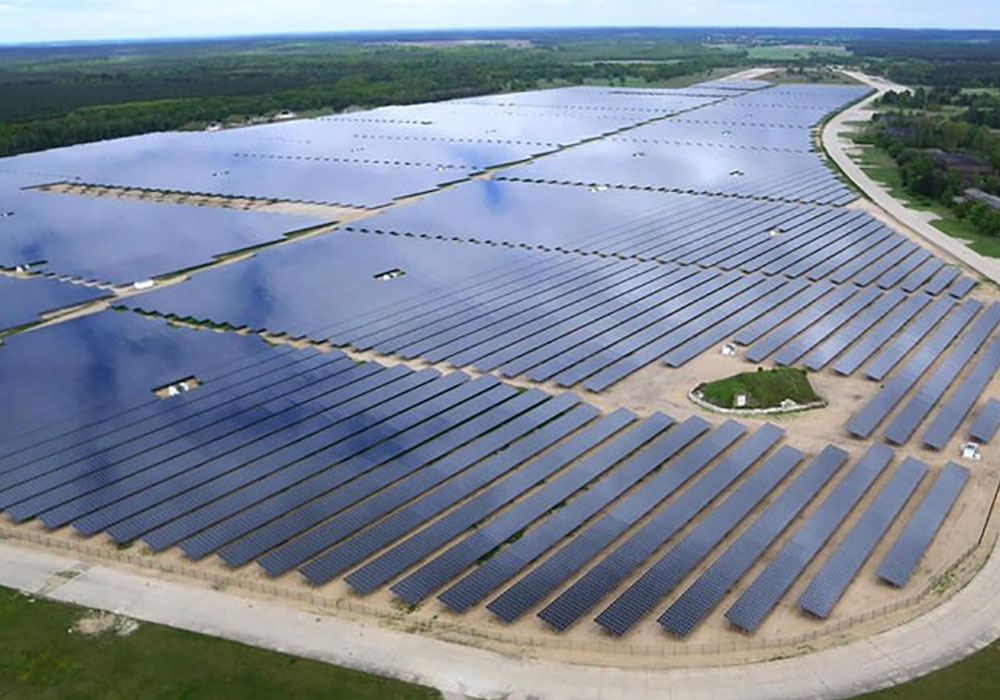How Do I Troubleshoot Common Issues With EV Chargers At Home In Malaysia?
October 19, 2023 | by Jacob Kang
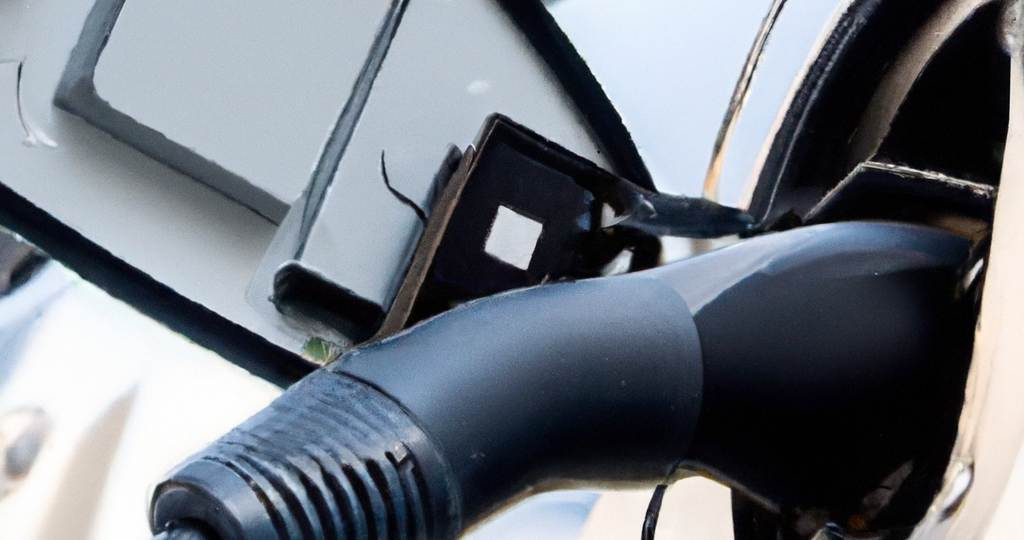
So you just got an electric vehicle and installed an EV charger at home in Malaysia – congrats! But what do you do when you encounter common issues with your charger? Don’t fret, because in this article, we will guide you through troubleshooting those pesky problems. From understanding the types of EV chargers to identifying charging errors and finding solutions, we’ve got you covered. By the end of this article, you’ll be equipped with the knowledge and confidence to keep your EV charger running smoothly and efficiently. Let’s dive in and troubleshoot those common issues together!
How do I troubleshoot common issues with EV chargers at home in Malaysia?
Are you experiencing issues with your EV charger at home in Malaysia? Don’t worry, we’re here to help! EV chargers can sometimes encounter problems, but most issues can be resolved with a little troubleshooting. In this comprehensive guide, we will walk you through common problems that you may encounter with your EV charger and provide step-by-step solutions to get you back on track.

EV Charger Not Charging
Check the Power Supply
The first step in troubleshooting a non-charging EV charger is to check the power supply. Ensure that the charger is properly connected to a functioning power outlet or power source. If you’re using a portable charger, verify that the power source is supplying enough electricity to charge your vehicle.
Check the EV Charger Cable
Inspect the charging cable for any damage or wear. Look for frayed wires, loose connections, or signs of physical damage. If you notice any issues, it may be necessary to replace the cable.
Check the Charger Plug
Make sure the charger plug is securely inserted into your vehicle’s charging port. Sometimes, the plug may not be fully inserted, preventing charging from starting. Reinsert the plug firmly and make sure it is latched properly.
Check the Vehicle’s Charging Port
If the above steps didn’t resolve the issue, it’s essential to inspect your vehicle’s charging port. Ensure that there is no debris or dirt that may be obstructing the connection. Clean the charging port if necessary and try charging again.
EV Charger Stops Charging Midway
Check the Power Supply
Similar to the previous issue, verify that the power supply is stable and functioning correctly. Ensure that there are no power outages or fluctuations that could interrupt the charging process.
Check the EV Charger Cable
Inspect the charging cable for any signs of damage or wear. If there are any visible issues, consider replacing the cable as it may be causing interruptions in the charging process.
Check for Overheating
Overheating can cause an EV charger to stop charging. Check for any signs of overheating, such as hot cables or a warm charger. If overheating is detected, allow the charger to cool down before attempting to charge again.
Check the Vehicle’s Charging Port
Similar to the previous troubleshooting step, inspect the charging port on your vehicle for any obstructions or dirt. Clean the port if necessary and try charging again.
Slow Charging Speed
Check the Power Supply
Ensure that the power supply is providing sufficient electricity to charge your vehicle. Sometimes, power outlets or power sources may not be able to deliver enough power, resulting in slow charging speeds. Consider using a higher-capacity power source if available.
Check the EV Charger Cable
Inspect the charging cable for any damage or wear that may be hindering the flow of electricity. A faulty cable can reduce the charging speed. If necessary, replace the cable with a new one.
Check the Vehicle’s Charging Port
Verify that there are no obstructions or dirt in your vehicle’s charging port that may be impeding the charging process. Clean the port if needed to ensure a secure connection.
Check for Compatibility Issues
Different vehicles and EV chargers may have varying compatibility requirements. Ensure that your EV charger is compatible with your vehicle and supports the charging speed you desire. Consult your vehicle’s manual or contact the manufacturer for more information.
EV Charger Displaying Error Codes
Refer to the User Manual
When encountering error codes on your EV charger, the user manual is your best resource. Refer to the manual to identify the specific error code you’re facing. It will provide you with a detailed explanation of the code and possible solutions.
Check for Firmware Updates
In some cases, error codes may indicate a need for a firmware update. Check the manufacturer’s website or contact their customer support to inquire about any available firmware updates for your EV charger.
Contact the Manufacturer
If you’re unable to resolve the error code on your own, it’s best to reach out to the manufacturer for assistance. They will have the expertise to guide you through the troubleshooting process and provide further support if needed.
Reset the EV Charger
Performing a reset on your EV charger may help clear any temporary issues causing the error codes. Refer to the user manual for instructions on how to reset your specific charger model.

EV Charger Making Strange Noises
Check for Loose Connections
Strange noises coming from your EV charger may indicate loose connections. Inspect all the connections, including the power outlet, charger cable, and vehicle’s charging port. Ensure that everything is securely connected.
Inspect for Physical Damage
Examine the EV charger for any physical damage, such as dents or cracks. Physical damage can sometimes cause abnormal noises. If you notice any damage, contact the manufacturer for advice on the next steps.
Contact the Manufacturer
If the strange noises persist or you’re uncertain about the cause, it’s best to contact the manufacturer. They can provide guidance on how to address the issue and may advise you to send the charger for inspection or repair.
EV Charger Not Turning On
Check the Power Supply
Confirm that the power supply is functioning correctly. Make sure the power outlet is providing electricity and there are no power outages. If the charger is plugged into a power strip, test the outlet directly to rule out any issues with the power strip.
Check the Circuit Breaker
A tripped circuit breaker can cause an EV charger not to turn on. Check your circuit breaker panel and reset any tripped breakers. If the breaker continues to trip after resetting, contact an electrician to inspect the electrical wiring.
Check for Tripped GFCI Outlet
If your EV charger is connected to a GFCI (Ground Fault Circuit Interrupter) outlet, check if the outlet has tripped. GFCI outlets are designed to protect against electrical faults. Reset the outlet if necessary or contact an electrician for assistance.
Contact an Electrician
If all the above steps have been checked and you’re still unable to turn on your EV charger, it’s advisable to seek the help of a professional electrician. They can assess the electrical system and identify any underlying issues that may be causing the problem.
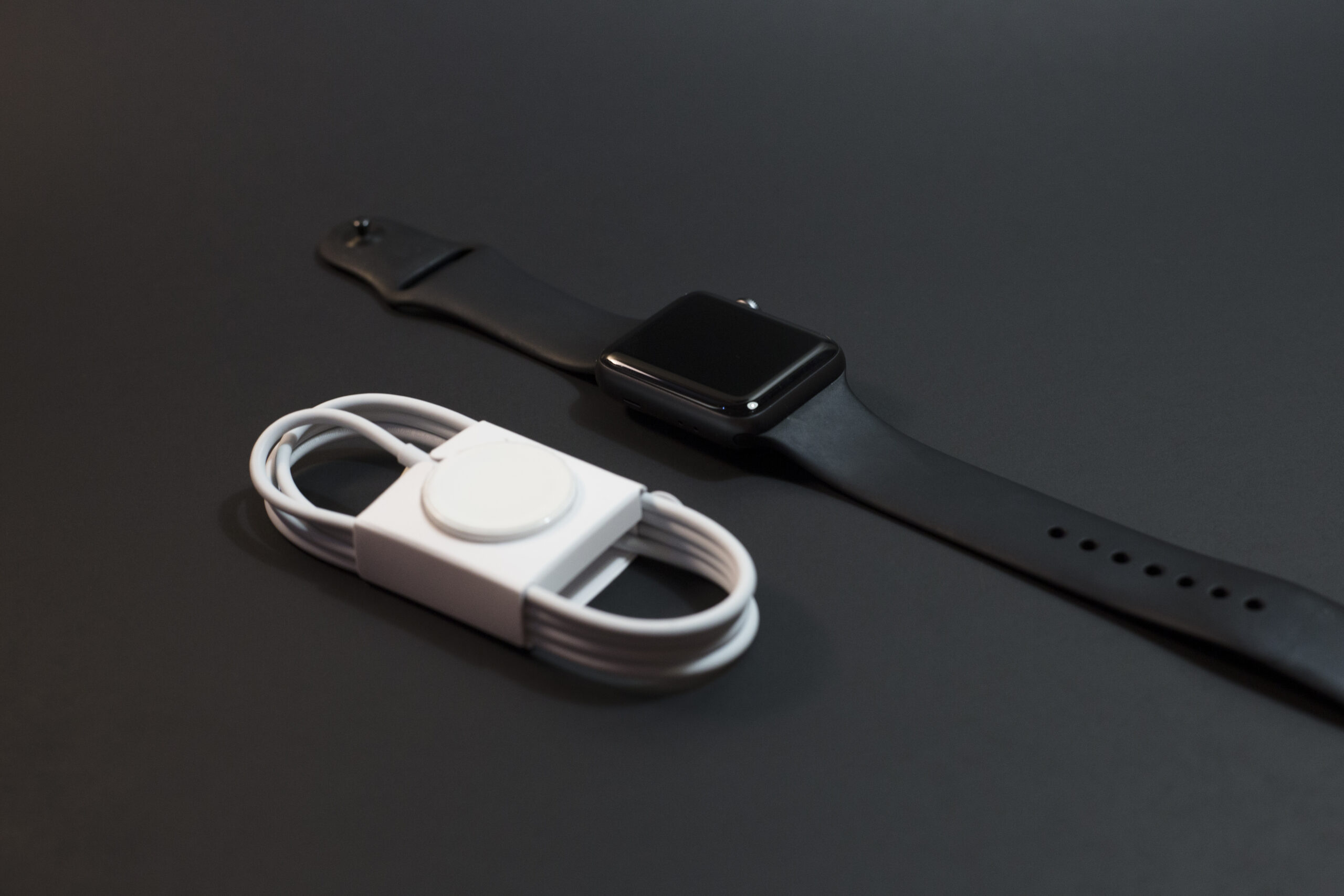
EV Charger GFCI Keeps Tripping
Check for Wet Conditions
GFCI outlets are sensitive to moisture. If your GFCI outlet keeps tripping, check for any wet conditions in the charging area. Ensure that the outlet and all electrical connections are kept dry. If wet conditions persist, consider relocating the charging setup or using protective coverings.
Check for Faulty Wiring
Faulty wiring can also cause a GFCI outlet to trip repeatedly. Inspect the wiring connected to the GFCI outlet and look for any signs of damage or loose connections. If you’re uncertain about the wiring, contact an electrician for a thorough inspection.
Check for Compatibility Issues
Certain EV chargers may not be fully compatible with GFCI outlets. Verify that your charger is compatible and check the manufacturer’s guidelines or contact their customer support for more information.
Contact an Electrician
If the GFCI outlet continues to trip despite your efforts, it’s recommended to consult an electrician. They can assess the electrical system and diagnose any potential issues that may be causing the repeated tripping.
EV Charger Cable Overheating
Check for Faulty Wiring
Inspect the charging cable for any signs of faulty wiring, such as exposed wires or loose connections. Faulty wiring can result in excessive heat generation. If any issues are found, replace the charging cable with a new one.
Check for Overloading
Overloading the charger cable can cause it to overheat. Ensure that the charger is not connected to too many devices or drawing more power than it is designed to handle. Follow the manufacturer’s recommendations for proper usage.
Check for Compatibility Issues
Compatibility issues between the charger and the vehicle can also lead to cable overheating. Ensure that your EV charger is compatible with your specific vehicle and supports the power requirements. Contact the manufacturer for guidance if needed.
Replace the Cable
If the cable continues to overheat despite taking the above steps, it may be necessary to replace the cable. A qualified electrician or the charger manufacturer can assist you in finding a suitable replacement.
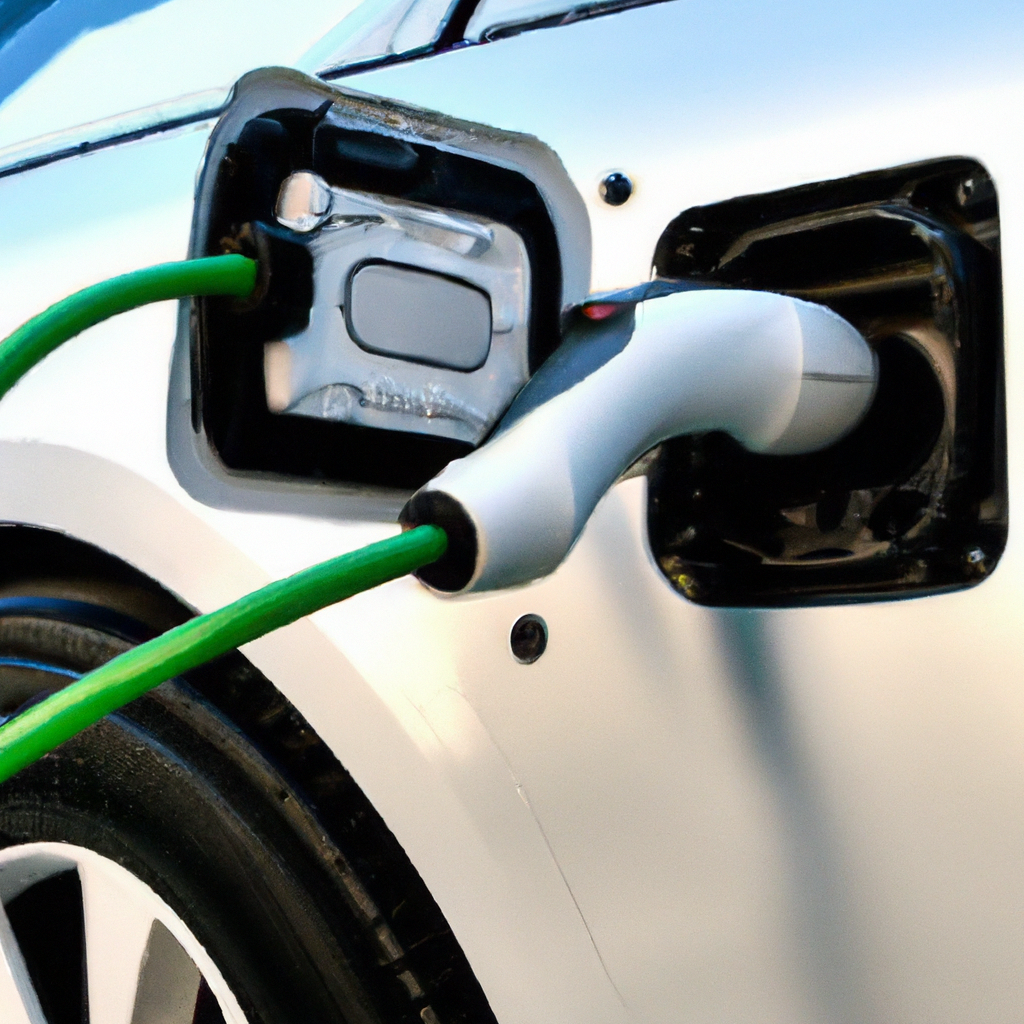
EV Charger Not Recognizing the Vehicle
Check the Vehicle’s Charging Port
The first step is to ensure that your vehicle’s charging port is clean and free from debris. Sometimes, dirt or foreign objects in the port can prevent the charger from recognizing the vehicle. Use a soft cloth or brush to clean the port thoroughly.
Check for Compatibility Issues
Verify that your EV charger is compatible with your vehicle’s make and model. Different vehicles may have specific charging requirements. Consult your vehicle’s manual or contact the manufacturer for information regarding compatibility.
Contact the Manufacturer
If you’ve checked the charging port and ensured compatibility but the charger still doesn’t recognize the vehicle, reach out to the manufacturer. They can provide insights and troubleshoot the issue with you.
Reset the EV Charger
Performing a reset on your EV charger may help resolve recognition issues. Consult the user manual for instructions on how to reset your specific charger model.
EV Charger Not Displaying Power Output
Check the Power Supply
Ensure that the power supply is functioning correctly. Test the power outlet or power source to verify that electricity is being delivered. If there are any issues with the power supply, resolve them before proceeding further.
Check for Faulty Screen
Inspect the EV charger’s screen or display for any signs of damage or malfunctioning. If the screen is not displaying any information, it may be faulty. Contact the manufacturer for assistance in diagnosing and resolving the issue.
Reset the EV Charger
Perform a reset on your EV charger to clear any temporary issues that may be causing the lack of power output. Refer to the user manual for instructions on how to perform a reset.
In conclusion, troubleshooting common issues with EV chargers at home in Malaysia can often be resolved by following a systematic approach. By checking the power supply, inspecting the charger cable and vehicle’s charging port, and addressing compatibility issues, you can usually identify and resolve the problem. If you encounter more complex issues, don’t hesitate to contact the manufacturer or seek assistance from a professional electrician.
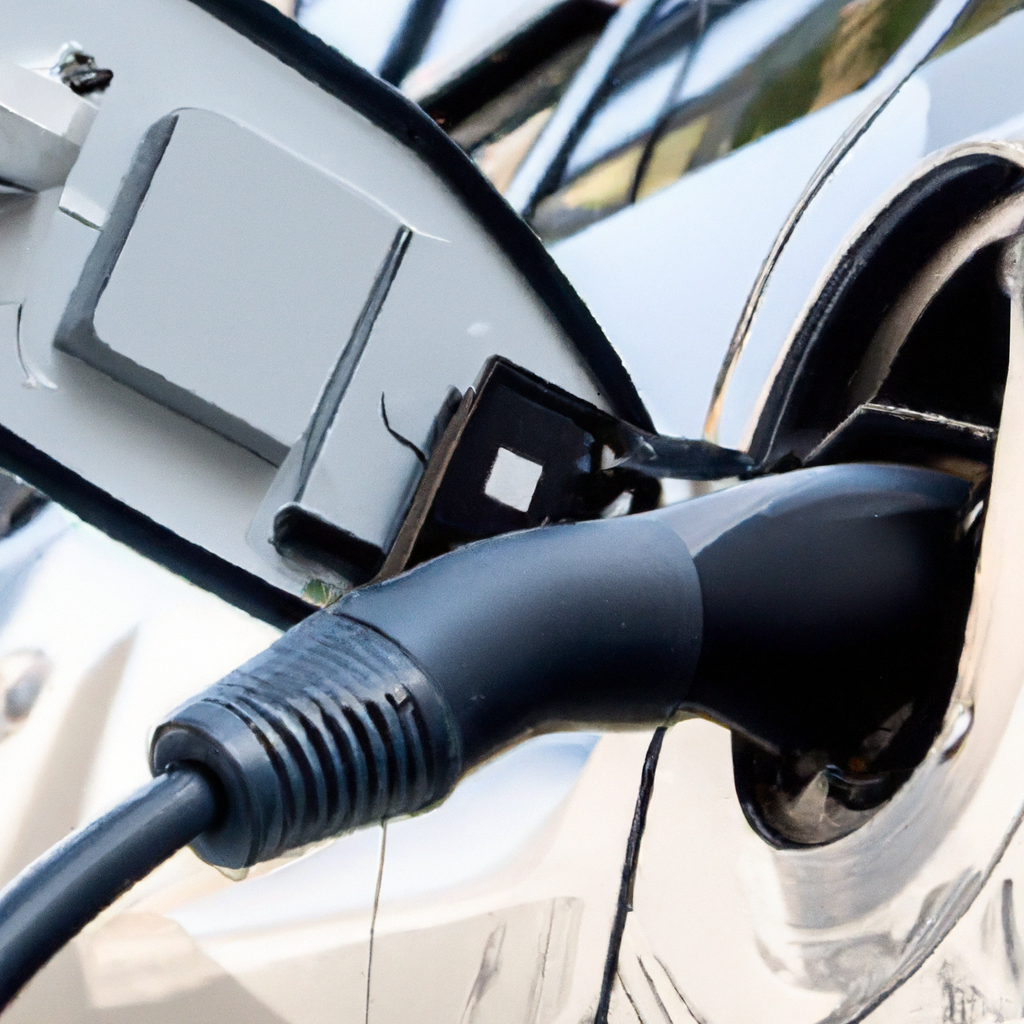
RELATED POSTS
View all

